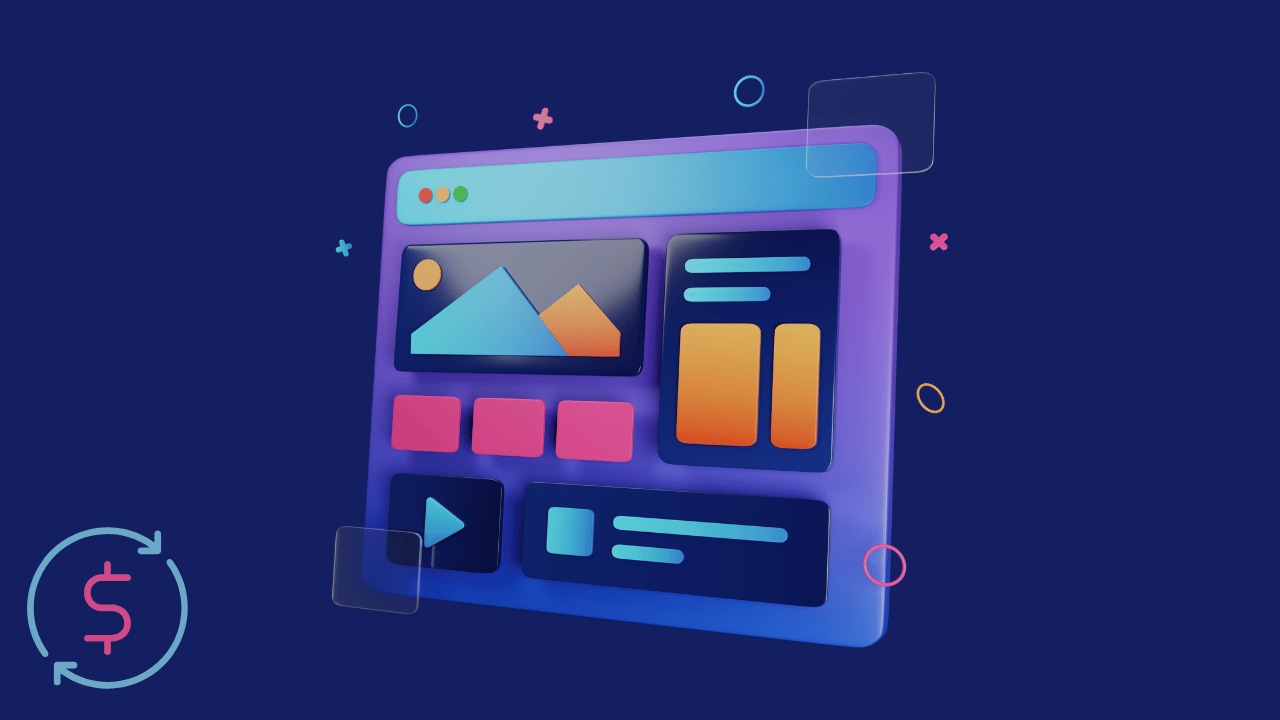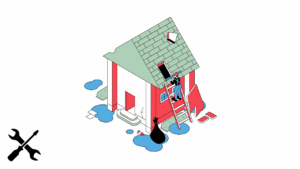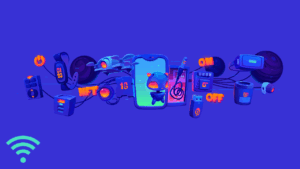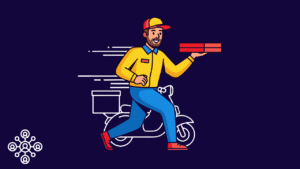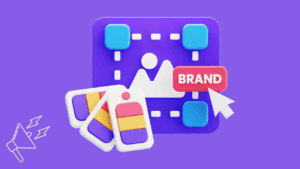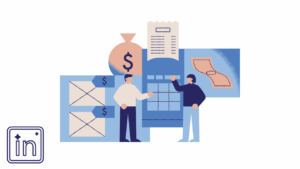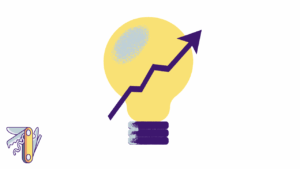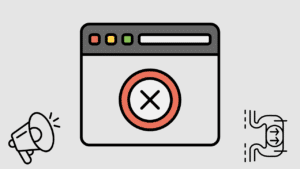Landing pages aren’t just about design—they’re about purpose. Whether you’re selling a product, capturing leads, or offering a download, a landing page is your digital elevator pitch. But not all pages convert. The difference lies in structure, messaging, and strategy. This guide explores twelve critical elements every landing page must include to attract attention, build trust, and drive action. In this article we’ll share the top 12 essential elements of a high-converting landing page
Why Landing Pages Matter
Unlike a homepage, which often serves multiple goals, a landing page is laser-focused. It speaks to a single audience about a single offer. When optimized correctly, landing pages can dramatically improve your ad ROI, email signups, product sales, and more.
Key benefits of effective landing pages:
- Streamlined path to conversion
- Improved tracking and performance analysis
- Higher engagement through focused messaging
- Greater trust via targeted content
1. Clear, Concise Headline Elements of High-Converting Landing Page
Your headline is the first thing visitors see. It should immediately explain what the page offers and why it matters. Keep it sharp, benefit-oriented, and compelling.
Tips:
- Focus on value, not features
- Use numbers or emotional language if relevant
- Test multiple headline variations
2. Supporting Subheadline
Once you’ve captured attention, the subheadline keeps it. It expands on the headline and helps clarify the offer.
Tips:
- Be direct and informative
- Reinforce the headline without repeating it
- Include a secondary benefit or urgency
3. Engaging Visuals or Hero Image
People process images faster than text. Your visual should immediately communicate context and help visitors visualize the benefit.
Tips:
- Use authentic product shots, not stock photos
- Include short looping videos when possible
- Ensure visuals are mobile-friendly
4. Compelling Call-to-Action (CTA) Elements of a High-Converting Landing Page
The CTA is the goal of your page. Whether it’s a button, form, or link, it should stand out and invite action.
Tips:
- Use action verbs (“Download,” “Start,” “Get”)
- Keep the message clear and benefit-focused
- Test placement above and below the fold
5. Social Proof
People trust people. Testimonials, reviews, or case studies increase confidence and reduce perceived risk.
Tips:
- Use real names and images for testimonials
- Highlight measurable results or quotes
- Place near your CTA or key decision points
6. Benefits-Oriented Copy
Rather than just listing features, explain how your product or service makes someone’s life better.
Tips:
- Write in second person (“you,” “your”)
- Use short paragraphs and bullet points
- Focus on emotional and practical benefits
7. Trust Indicators Elements of High-Converting Landing Page
Build credibility with badges, security seals, press mentions, or guarantees. These small icons often have a big impact.
Tips:
- Include payment method logos or security assurances
- Mention partnerships or certifications
- Use trust symbols close to the form or CTA
8. Mobile Optimization
More than half of web traffic is mobile. So, if your landing page doesn’t load fast and look great on mobile, you’re losing conversions.
Tips:
- Use responsive design
- Optimize buttons for thumb navigation
- Reduce unnecessary images or scripts
9. Minimal Navigation
Landing pages should keep users focused. Unlike a homepage, navigation links should be limited or removed entirely.
Tips:
- Avoid top nav menus unless essential
- Include footer links only if legally required
- Guide users toward one action only
10. Easy-to-Complete Forms
If your goal includes a form, make it short and simple. Every extra field lowers the chance of completion.
Tips:
- Ask only for essential info (name and email)
- Consider multi-step forms for better UX
- Use autofill and mobile-friendly inputs
11. Exit Intent Popups or Offers
Capture abandoning visitors with one last offer. Popups triggered by exit intent or time-on-page can reclaim lost traffic.
Tips:
- Offer a discount or content upgrade
- Keep design clean and easy to close
- Use sparingly to avoid annoying users
12. Performance Analytics Essential Elements of a High-Converting Landing Page
Without data, you’re guessing. Integrate tools like Google Analytics or Hotjar to track user behavior and identify conversion blockers.
Tips:
- Firstly, Track CTA clicks and scroll depth
- Run A/B tests regularly
- Finally, Use heatmaps to analyze attention zones
Landing Page Essentials Comparison Table
| Element | Purpose | Best Practice | Impact on Conversion |
|---|---|---|---|
| Headline | Capture attention | Keep it value-focused | Sets first impression |
| Subheadline | Support and clarify | Add context or urgency | Keeps visitors engaged |
| Hero Image | Visual context | Show benefit, not just product | Improves visual engagement |
| CTA | Drive user action | Use clear, benefit-driven language | Directs traffic toward conversion |
| Social Proof | Build trust | Real testimonials, measurable results | Reduces hesitation |
| Benefits Copy | Persuade through value | Use bullets and emotional triggers | Helps users understand value |
| Trust Indicators | Validate legitimacy | Add badges, logos, or press mentions | Increases comfort and credibility |
| Mobile Optimization | Ensure usability | Prioritize speed and layout | Prevents mobile drop-off |
| Minimal Navigation | Reduce distractions | Eliminate menus, limit links | Keeps focus on CTA |
| Simple Forms | Lower friction | Ask for minimum required info | Improves form completion rates |
| Exit Intent Popups | Capture abandoning users | Offer bonuses or content upgrades | Recovers lost conversions |
| Analytics Integration | Enable testing and improvements | Use heatmaps and A/B testing tools | Identifies what to improve |
How to Build Your High-Converting Landing Page
Start with a strong goal—what action do you want users to take? From there, map each of the twelve elements to support that goal. Keep testing layouts, headlines, and CTAs until you find the version that performs best.
Action steps:
- Outline your landing page objective
- Write headline and CTA options to test
- Choose visuals that reflect your brand and product
- Embed social proof and trust elements
- Finally, use analytics tools to optimize over time
Essential Elements High-Converting Landing Page Final Thoughts
A landing page is more than just a digital flyer—it’s a focused tool designed to guide visitors toward a single, strategic action. When built with intention and backed by data, landing pages can become your business’s most powerful conversion asset.
These twelve elements serve as your blueprint. Use them not only to improve your page performance but to create a user experience that feels frictionless, helpful, and persuasive. The result? Higher conversions, better leads, and more meaningful engagement with your audience.
